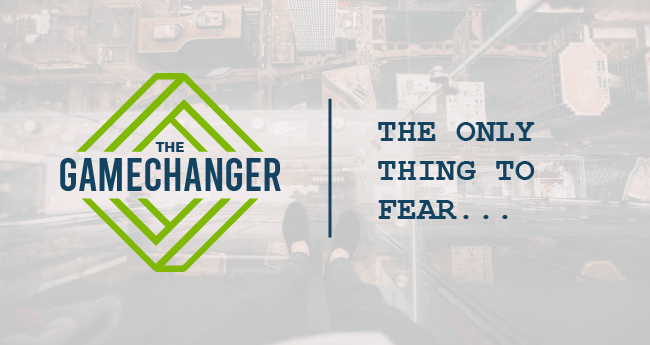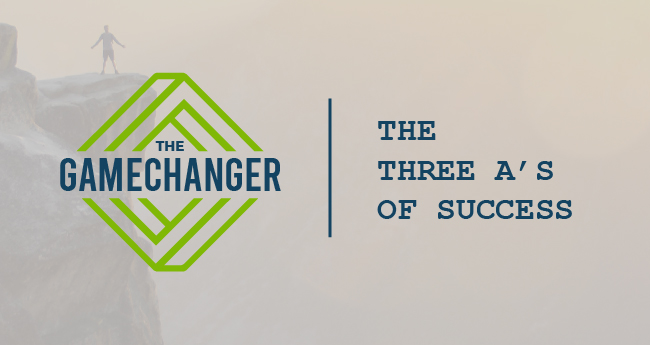“The only thing we have to fear is fear itself” is a famously profound saying from President Franklin D. Roosevelt. I’m not sure how many life insurance policies he tried to sell in his lifetime, or sales rejections he received but the quote does highlight a certain boldness and determination you have to admire. The power behind this statement is found in how it meets our biggest enemy head on and puts it in its rightful place.
The enemy is not the feeling of rejection or failure. The enemy is not the inevitable times when cash flow is short and bills pile high. The enemy is not the future or the unknown.
The actual enemy is nothing more than a fearful response to those or other troubling circumstances. Sometimes those circumstances are legitimately stressful, while other times they might be concocted in our brains, but fear doesn’t care. If you give it the attention on which it feeds, fear will grab hold and paralyze you. (The trick then, of course, is not to let it.)
Fear might be the most debilitating emotion we can experience, but there are two sides to that coin. The flip side of fear is that it doesn’t HAVE to hurt you, hinder you, or even exist. Fear is like an imaginary mountain that we perceive is blocking us from moving forward. Most people don’t ever fully get over that enormous mental barrier, and the ones who do are always going to run into more ahead. Fear is a common and expected part of life, which is probably why so many yield to it, but if we are intentional we can combat fear with practice and training. Competence breeds confidence.
Intentional is the key word here because intentionality is what separates the people defaulting to live in fear from the champs that recognize it and choose to fight it with purpose.
So you feel fear just like everyone else, unless you’ve been characterized with ataraxia (which is a real term that exists because I googled it and it apparently refers to anyone who is never afraid). Do you ever wish that God installed a switch to turn off all anxiety, worry, apprehension, doubt, panic, terror and overall fear and trepidation whenever you want? Imagine being able to snap your fingers and instantaneously focus on something productive instead of freaking out! I’m here to tell you that switch does exist, but it takes a lot of discipline to find it and use it. There is a lot of reading material on the subject of controlling your fear rather than letting it control you.
Some of my favorites I recommend are Feel the Fear and Do It Anyway, by Susan Jeffers and another book titled Go For No, by Richard Fenton and Andrea Waltz. These 2 books will help you look at this issue of fear from a completely different perspective. Go for No especially challenges you to be empowered by rejection and failure.
If you don’t have time to digest all of that immediately however, here are two tips I’ve found extremely helpful:
- Compartmentalize your fear by realizing it’s a separate beast than whatever is causing it. Recognize the fear, identify it, and then put it away from your mind and deal with whatever you are able to control. Create a mental process for yourself and always stay positive.
- Potentially the best advice I’ve ever heard was “you don’t have to feel like it to do it”. Maybe you’re afraid to put yourself out there, to risk failure, to ask for an appointment, to tell your client to sign, to challenge someone’s poor thinking, or admit a mistake you’ve made. Guess what? That never has to stop you. You are in complete control. Embrace that truth and take a step forward.
Remember that competence breeds confidence. The more comfortable you are with talking to people, presenting material, underwriting, and closing a sale the more confident you will be. The only way to get more comfortable is to practice doing it. Practice is probably the most important and overlooked activity by agents. If you are willing to practice you will be more competent and more confident.
What Are We Reading…
Excerpts from today’s Game Changer referred to Feel the Fear and Do It Anyway, by Susan Jeffers and Go For No, by Richard Fenton and Andrea Waltz.






